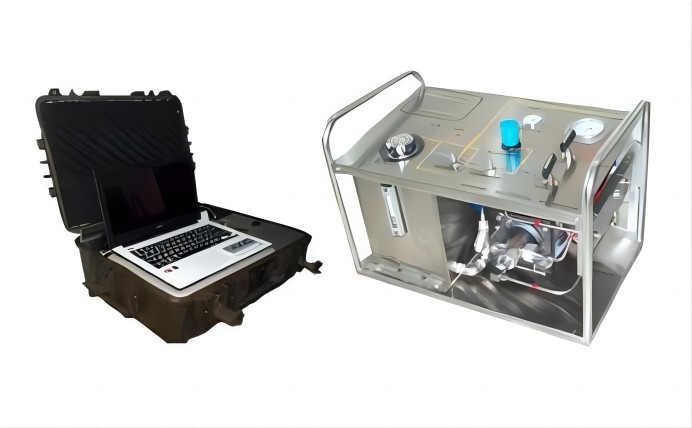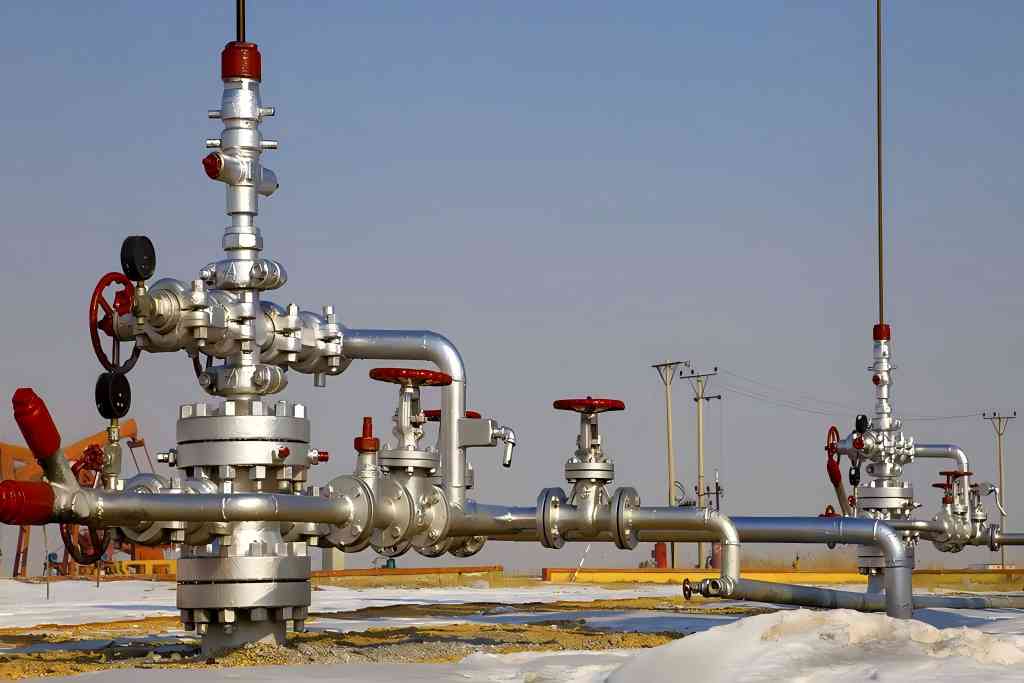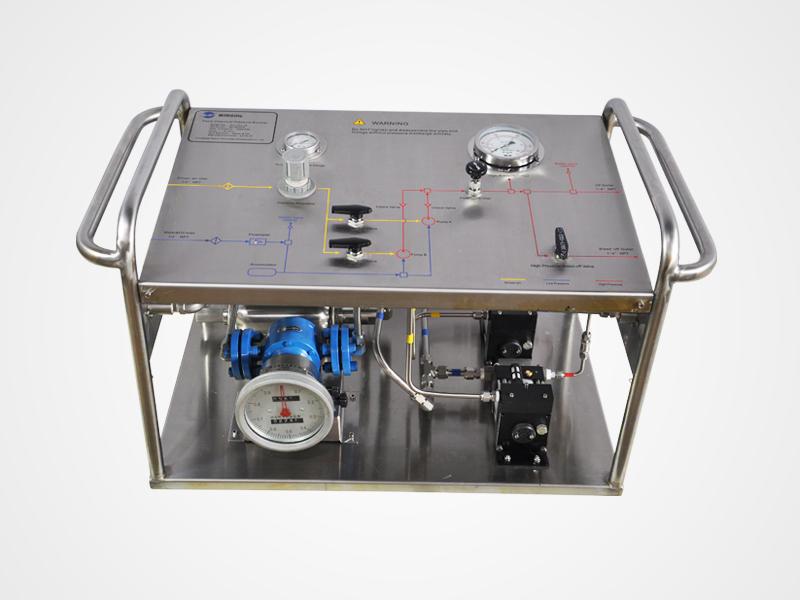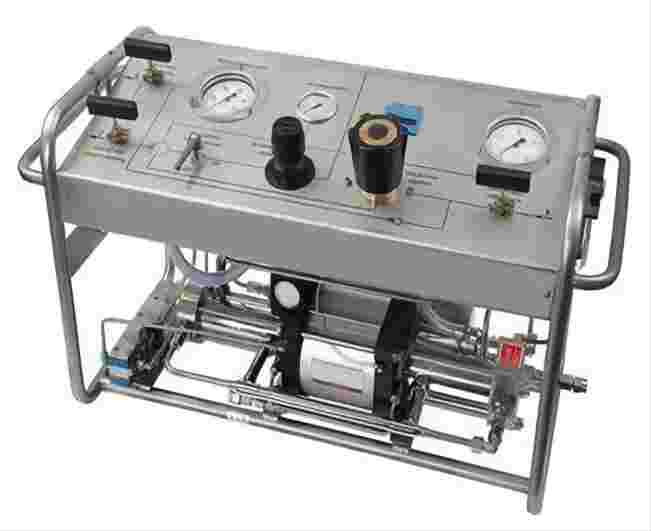What You Need to Know about Hydrostatic Test Pump?
A hydrostatic test pump is a mechanical device that exposes pressure vessels, pipes, and other containers to high-pressure water to check their integrity and strength. This test identifies potential leaks or weaknesses and assures the structural soundness of the tested components for safe operation. Hydro test pump pressurizes the system to a certain level and maintains pressure for a predetermined amount of time to evaluate its performance under stress.
What is Hydrostatic Testing?
Hydrostatic testing (also called hydro testing) is a method of verifying the structural integrity and safety of pressure vessels, pipes, hoses, and other equipment by subjecting them to high-pressure liquid, typically water. The object being tested is filled with water, and pressure is gradually applied to exceed its normal operating conditions. This helps identify any leaks, weaknesses, or defects that could compromise the equipment’s functionality or pose safety risks.
Hydrostatic tests are often necessary after equipment shutdowns, repairs, or prolonged time sitting idle to verify that it will operate properly when it returns to service. Hydrostatic testing is commonly used in industries such as construction, oil and gas, manufacturing, and firefighting to ensure compliance with safety standards and regulations.
How Does a Hydrostatic Test Pump Work?
The process of how a hydrostatic pump works involves the following steps:
- Component Preparation: The component to be tested is filled with the test fluid, ensuring that all air is purged from the system to prevent pressure inconsistencies.
- Pressure Buildup: The hydrostatic pump is activated, and the hydraulic pump starts pressurizing the fluid. As the pump operates, it generates hydraulic pressure that is transmitted to the component being tested.
- Pressure Monitoring: Pressure gauges continuously monitor the pressure buildup, allowing operators to observe and record the pressure as it increases.
- Test Pressure Attainment: The pressure is incrementally increased to the desired test level, which is often well above the component’s intended operating pressure. This elevated pressure exposes potential weaknesses in the system, such as leaks or structural deficiencies.
- Test Duration: The component is subjected to the test pressure for a specific duration, during which inspectors carefully examine it and its surroundings for any signs of leakage, deformation, or abnormal behavior.
- Pressure Release: Once the test duration is complete, the pressure is gradually released, and the component is depressurized in a controlled manner.
- Inspection and Analysis: After depressurization, the component is thoroughly inspected again for any changes or damage resulting from the test. The recorded data, including pressure levels and test outcomes, can be analyzed for compliance and decision-making.
Common Applications Of Hydrostatic Testing
Theoretically, all systems that need to maintain pressure greater than ambient pressure have the potential to benefit from a hydro test. The following industries and applications are the most common examples.
- Sprinkler Frameworks
Several sprinkler frameworks must be tested on a regular basis by code to ensure that they can withstand pressure when activated and perform properly. A siphon is linked to the main sprinkler framework line and compressed to 250 PSI, which it must maintain for 15 minutes.
- Fire Hoses
Some crucial applications like fire hoses must be checked to guarantee they do not burst or fail in service. They are usually checked before being placed in fire trucks or transported to fire stations. Inspectors will fill hoses with fluid and pressurize them to a minimum of 300 PSI in line with National Fire Protection Association (NFPA) specifications.
- Pipe Manufacturers
Hydro testing will be performed on pipes of varied lengths in commercial pipe manufacturing plants, particularly those offered to government agencies. They need to prove that each pipe fits specifications and will not fail in significant applications such as naval defense vessels.
- Chemical Industry
Testing containers and vessels used for transporting, storing, or processing chemicals to prevent leaks and hazardous situations.
- Automotive Industry
Hydro testing plays a vital role in assessing the structural integrity and leak resistance of various components used in vehicles. These components include fuel tanks, radiators, and hydraulic systems, among others.

What Should We pay attention to When Using Hydro Test Pump?
Hydrostatic testing is a vital process for evaluating the structural integrity of pressure vessels, pipelines, and other critical components. Ensuring safety when using the hydro test machine in this procedure is of utmost importance.
Regular equipment inspections, including pumps, hoses, valves, and gauges, help detect and address potential sources of failure. Adhering to prescribed pressure limits prevents over-pressurization, while the inclusion of pressure relief mechanisms adds an extra layer of protection by dissipating excess pressure. Anchoring the test object securely and choosing a suitable testing environment contribute to minimizing risks.
A gradual pressure increase allows for close observation of potential anomalies, while a well-defined emergency plan outlines steps to handle unexpected events. After testing, a thorough inspection of the test object helps identify any stress or damage resulting from the test.
Compliance with industry regulations, meticulous record-keeping, and a comprehensive risk assessment can further enhance the safety of hydrostatic testing. By adhering to these precautions, a safe and controlled testing environment is established, mitigating potential hazards and ensuring the well-being of personnel and equipment throughout the process.
Conclusion
Hydro testing provides many benefits for a business by ensuring the quality of its product. This process can be used to ensure that equipment is functioning properly before use and also detect leaks in hydraulic systems or pipes. So a suitable hydro test pump is critical.
If you are interested, click here to view more information.








